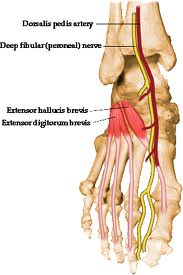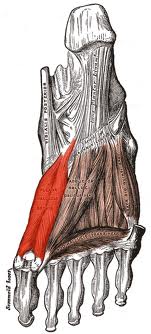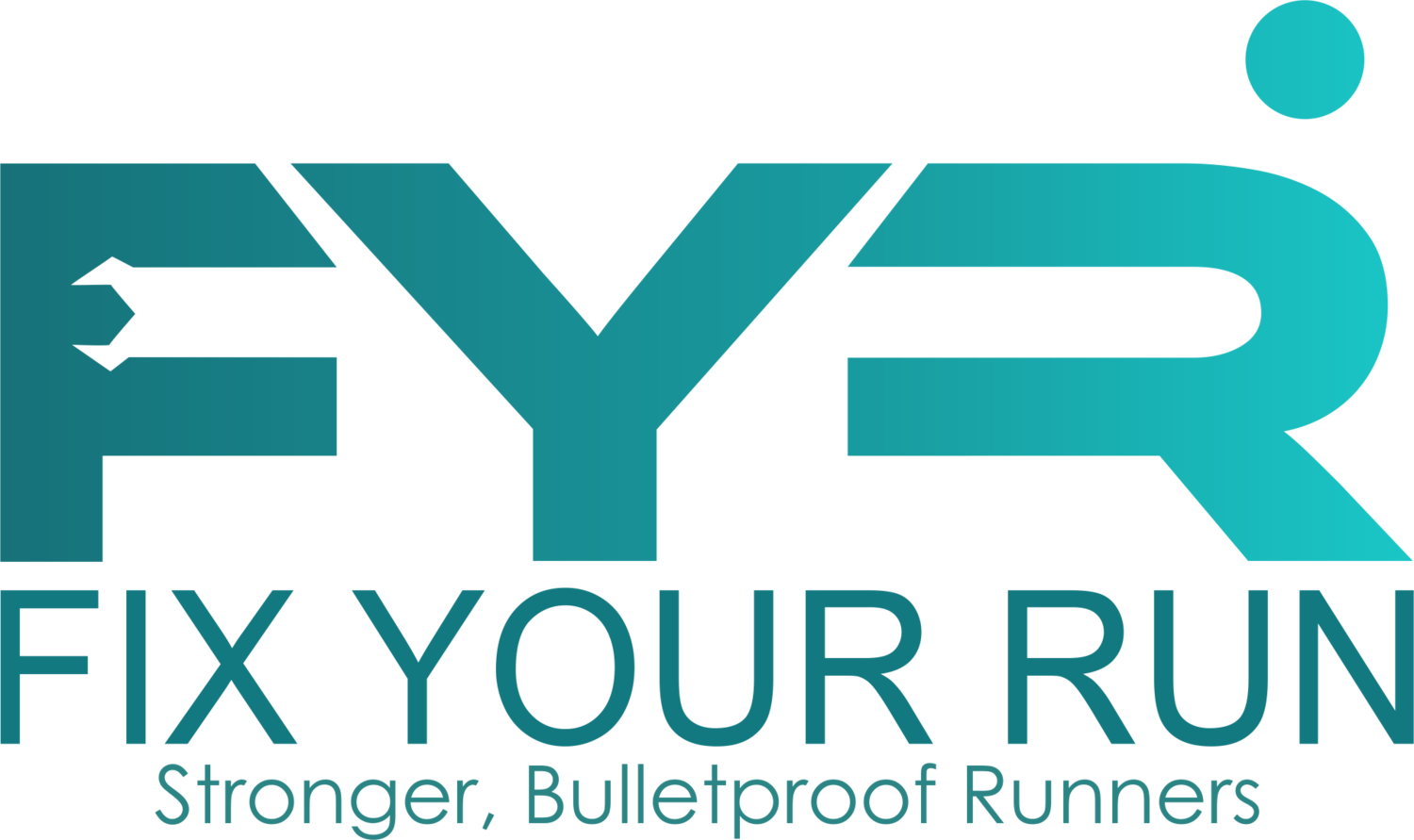 A lack of stability in the foot eventually becomes the kiss of death for lots of runners and injury and inefficiency is the result. When the foot strikes the ground and the arch collapses excessively inward we call this over-pronation.
A lack of stability in the foot eventually becomes the kiss of death for lots of runners and injury and inefficiency is the result. When the foot strikes the ground and the arch collapses excessively inward we call this over-pronation.
 Lots of runners seem to think pronation is a bad thing, but it's actually quite normal and a required aspect of the gait cycle. Like anything else though, when you have too much of a good thing you can run into problems.
Lots of runners seem to think pronation is a bad thing, but it's actually quite normal and a required aspect of the gait cycle. Like anything else though, when you have too much of a good thing you can run into problems.
The topic of foot stability during running could make for a book, so I'm going to address one aspect today – the muscles that control your big toe: Flexor halicus brevis and Extensor halicus brevis.
These are little intrinsic foot muscles that should turn on reflexively as you walk in order to stabilize your foot. In other words, they provide strength to your longitudinal arch (the main arch) of the foot.
While many people think they need a shoe to provide support, you actually have muscles for that. It's kind of like lifting with a weight belt. You don't generally need a belt! A strong core means you actually have a strong weight belt built right into your body. Same thing with feet. We have all the support we need; we just need to coordinate and condition those muscles.
Before you condition the muscles of your foot, we have to simply make sure you can consciously control the muscles. You may be surprised, but you may totally lack control over the little muscle that pulls your big toe upward or the muscle that depresses the big toe into the floor.
So here's your homework.
Practice engaging the big toe without rolling the foot inward or outward.
See if you can lift ONLY the big toe and keep the other four toes down.
Then really press the big toe solidly into the floor while lifting the other four toes.
What happens to your arch when you do this? That's right, you DO have an arch! And you thought you had “flat feet”...
I once heard Jay Dicharry, Director of the SPEED Performance Clinic at the University of Virginia, call this exercise "toe yoga". Practice this frequently and you will improve quickly. At first it can be maddening, trust me! Stay with it. You'll get it!
Now, of course, faulty foot function is only one reason people overpronate. Consider fixing feet a “bottom-up” approach to improving stability. The “top-down” approach would be fixing the core and hips. That's a blog for another day!
